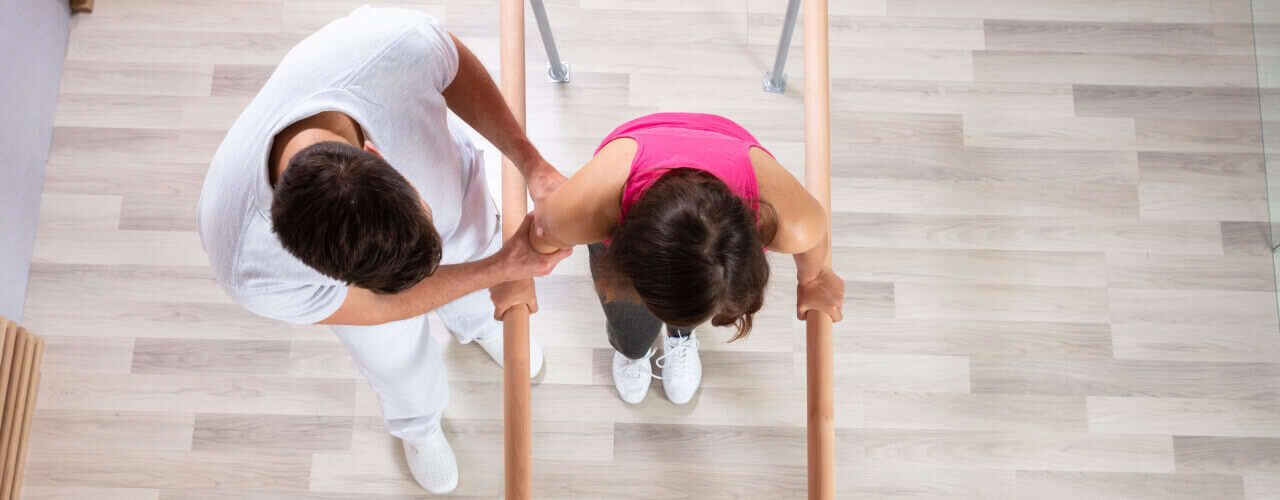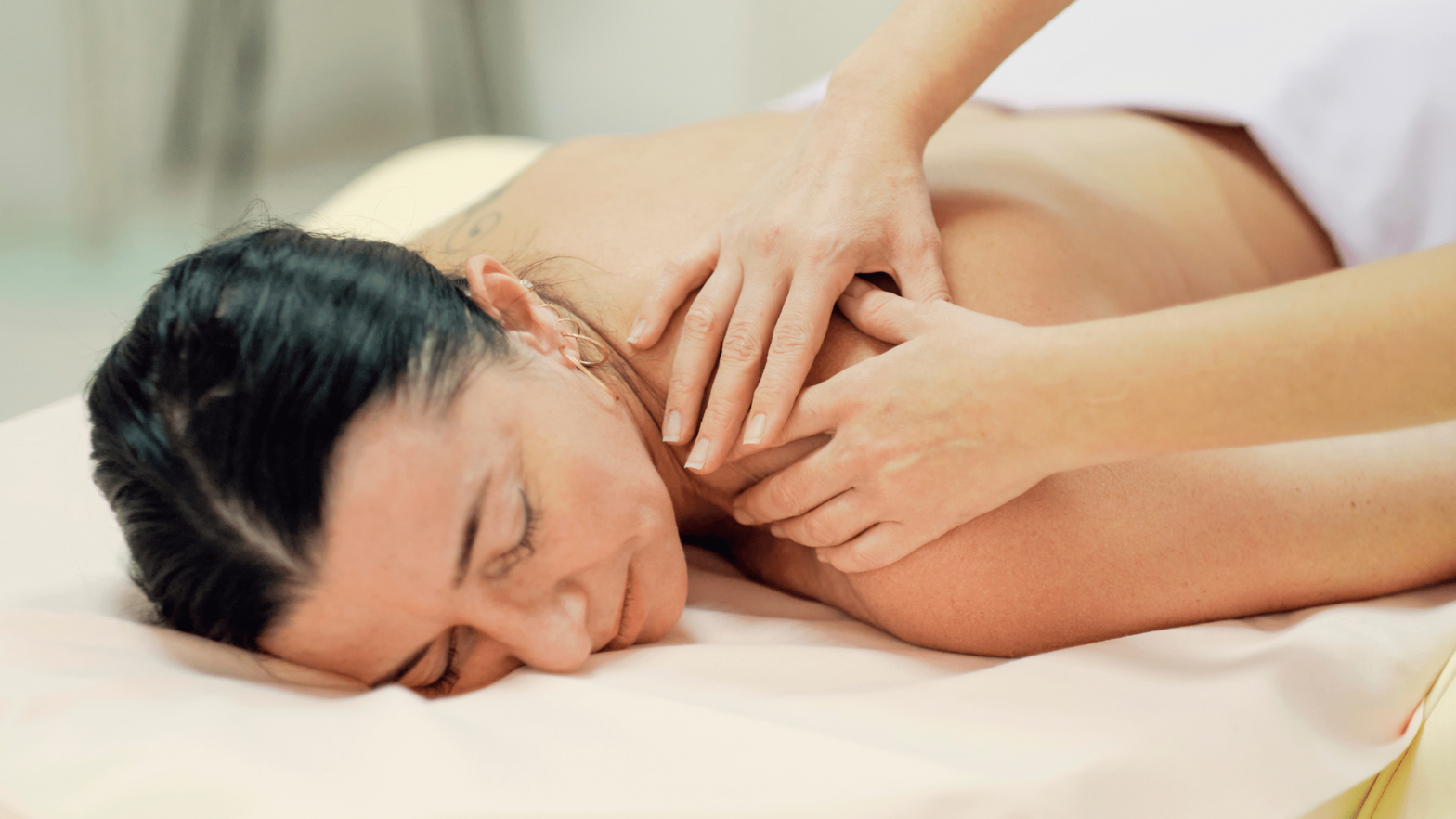Did you know that developing better balance is linked to strengthening your core muscles? Yes, it is correct! When your core muscles are strong, you’ll be less likely to suffer from chronic lower back discomfort and other problems. They can even prevent you from losing your balance and collapsing with Physiotherapy. A strong core helps keep you upright, which is especially important as you get older and are more prone to falling and harming yourself.
If you are interested to learn more about developing a core routine to strengthen your balance, please contact our office in Milton, Ontario today. Schedule a meeting with one of our licensed physiotherapists and let us help you to determine if your core strength can be improved!
What you should know about your core
Most people believe that when you’re working on your core, you’re just doing abs, but your core muscles are more than just abs! There are two types of core muscles: the inner core and the outer core.
The inner core muscles are attached to the spine. These are the muscles that balance the core and hold it in the correct place. The outer core muscles work together with the inner core muscles when you need to rotate your body to perform many everyday physical activities.
Core stability has to do with the inner core muscles. These muscles are stabilizing the spine. Core strength relates to the outer core muscles, and when properly formed, works to help you move about with ease.
Frequent visits with a licensed physiotherapist may be able to help you train your inner and outer core muscles for improved balance and movement!
Improve your core strength and balance with physiotherapy
You don’t need a bunch of expensive gym equipment to start working on your core strength. Here’s a quick exercise that many physiotherapists will recommend if you’re just starting. It’s called the “drawing in maneuver,” or if you prefer the less fancy term, “sucking your gut in.”
This is one method to help you improve your posture and strengthen your core. To start with, stand up straight. Find the correct pelvic position by moving your hips forward and backward until relaxed. Then take a deep breath and draw your belly button to your spine. Make sure you don’t hold your breath because this isn’t a breathing exercise!
You’re supposed to be able to speak, breathe, and walk around your house with your belly button pulled in. It sounds pretty straightforward on paper, but if you’re older, recovering from injury, or out of shape in general, it’s going to be a little tricky at first.
The goal is to build up your core strength until you can keep your belly button for 30 seconds. Then you can move on to some more demanding core exercises.
If you experience any discomfort due to this maneuver, cease immediately; it should not be painful! As you strengthen your core, your physiotherapist will advise you to progress to more complex tasks and routines that are more appropriate for your age and capacity.
These exercises may range from bridges and planks for more athletic individuals to gentler routines (like yoga) for older individuals. Your therapist will also work with you on clear core activities to help you balance.
How balance and core strength are linked
In total, your body has three systems that help regulate and sustain your balance. The first one is the vestibular system, which is responsible for giving your brain the necessary information it needs about how we move, our head position, motor functions, etc.
The liquid in your inner ear functions as part of the vestibular system. Think of it as a “carpenter’s balance,” or a tool that helps keep you level and upright. If you’ve ever found yourself feeling off-kilter or dizzy, it means that the liquid in the vestibular system is off a bit!
The second balancing system is your visual system. Your eyes send informational signals to your brain regarding your position in relevance to the world around you. The third balancing system is the proprioceptive system, which deals with your core and the muscles in that area.
Your proprioceptive nerves are sensory nerves located all over your body. They make you aware of your posture, as well as aware of where you are positioned compared to things surrounding you.
All three of these systems need to be in equilibrium to stay properly balanced. A weak core is one element that can not only throw off this internal equilibrium but can also make you feel off-balance to the point of falling over.
Contrary to what many believe, it’s not necessary to go out and buy a ton of expensive gym equipment or memberships to work on your core strength. According to the Mayo Clinic, any exercise involving your abdominal and back counts as a core exercise! Don’t believe us? A physiotherapist at Mexphysio in Milton, Ontario would be happy to show you some core strengthening exercises; call us today!
Improve your balance today!
Physiotherapy may help you improve your balance and strengthen your core muscles. The only way to know if this kind of therapy could work for you is to give us a call today!
Your physiotherapist will conduct a comprehensive evaluation of your condition, determine your physical ability, and build a personalized care plan to suit your needs. So, what are you waiting for? Contact mexphysio in Milton, Ontario today, and let us set you up for success with a treatment plan tailored to your balance and core strengthening needs.
Source:
Tags: physical therapist, Sciatica, Wellness, Physiotherapy, knee pain, Posture Pain, knee pain therapy, physical therapy



